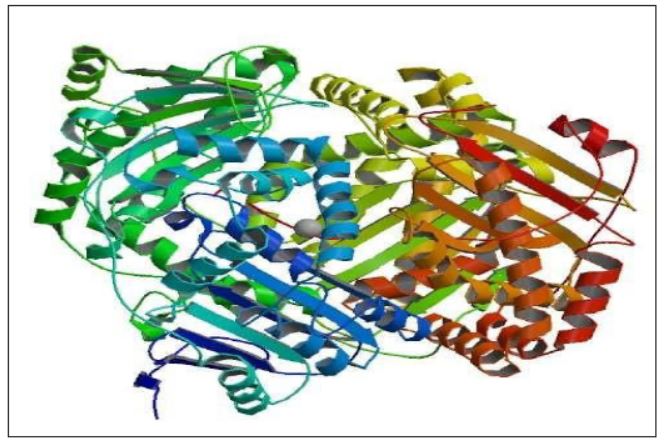Identification of Protein Target and Selection of Suitable Drug Candidates Against Alzheimer’s Disease by Docking Studies
DOI:
https://doi.org/10.5530/ctbp.2024.1.7Keywords:
Alzheimer’s, APP, 1,2,3,4-Tetrahy-droacridin-9-amine chloride, tacrine hydrochlo-ride monohydrate, Tacrine hydrochloride, Mol-grow, HEX, RasmolAbstract
Alzheimer’s though a well-known condition since generations has no complete treatment till today and people suffer with the condition till date. There are several known medications available in the market and each in different combinations. However, the therapeutic effect of each drug may vary from person to person which is completely unpredictable. The current research work aims to enhance the efficacy of treatment by targeting a particular protein called APP rather than the general medication. Furthermore the ligands used in the current study are all the derivatives of Tacrine which is known to possess anticholinesterase activity. Three vari-ations of Tacrine compound namely 1,2,3,4-Tet-rahydroacridin-9-amine chloride, Tacrine hydrochloride monohydrate and Tacrine hy-drochloride were used. All the chemicals were screened for their drug likeliness using the Lipinsky rule. Since all the three chemicals passed the screening, they were further subjected for dock-ing with the selected receptor Amyloid Precur-sor Beta Protein. Docking was performed in two different software’s Hex and Molegrow to obtain the accuracy in results. The docking results re-vealed that the compound 1,2,3,4Tetrahydroac-ridin-9-amine; chloride was proved to be a better ligand with a lower docking energy representing a great structural compatibility between the Li-gand and receptor pair. The studies can be ex-tended towards the clinical research to obtain a confirmatory result.



